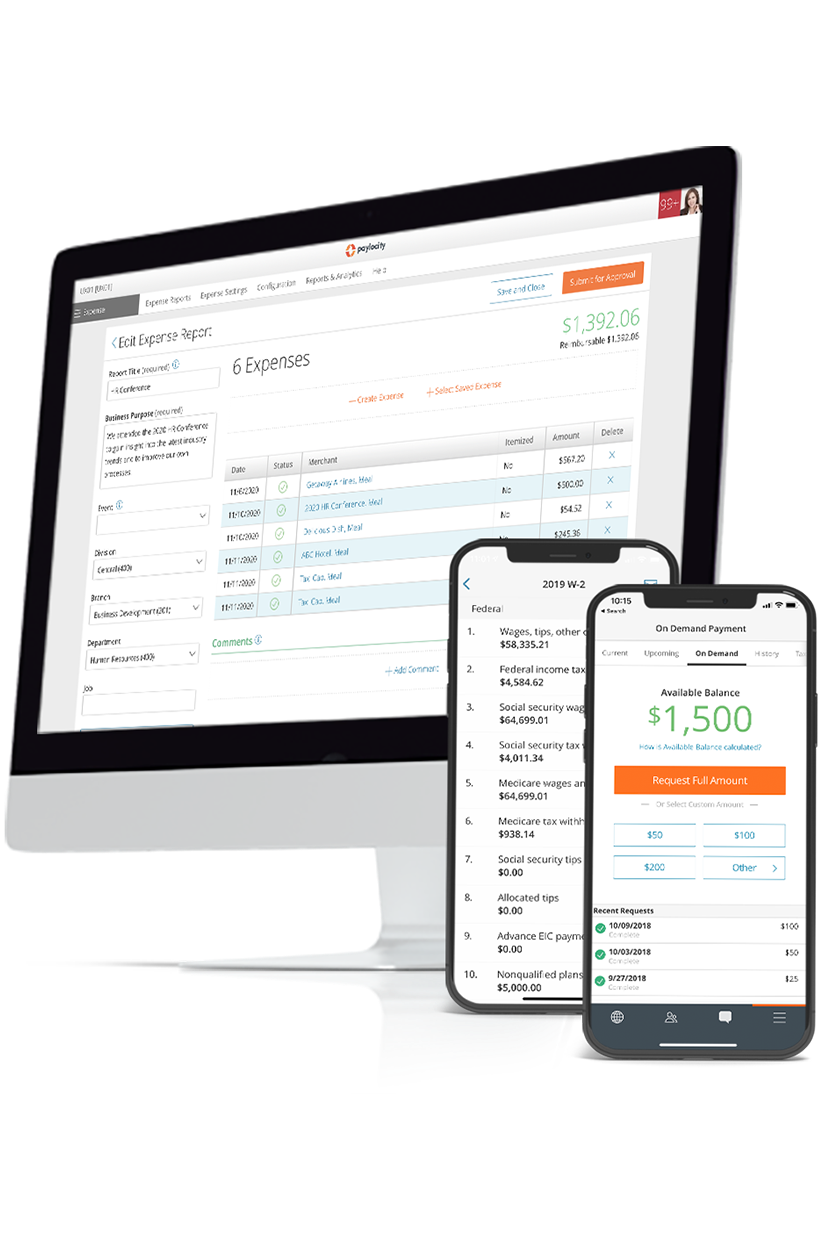General Ledger
Summary Definition: A bookkeeping system that records all a business’s financial transactions.
What is a General Ledger?
A general ledger is a centralized record of financial transactions within an organization, serving as a repository for all accounting data.
General ledgers provide an overview of the organization’s financial health by tracking assets, liabilities, equity, revenue, and expenses. As such, it’s a critical tool for preparing financial statements, analysis, and decision-making.
Importance of General Ledgers
Businesses rely highly on general ledgers to maintain accurate and comprehensive financial reports and statements.
Without this unified source of information, accounting practices across departments, locations, and businesses can become disorganized and inaccurate, which risks gaps in tax compliance and governmental audits.
Key Takeaways
- A general ledger is a unified file of all transactions a company makes and the impact each transaction has on the organization’s financial health.
- Since a company’s financial health is made up of different characteristics, a general ledger will contain different account types based on those characteristics (e.g., assets, liabilities, equity, etc.)
- General ledgers are based on the double-entry accounting system which records a transaction as both a credit in one account type and a debit in another.
General Ledger Components
The overall contents of a general ledger vary based on the nature of the business and how it operates. Modern accounting systems, however, typically require general ledgers to have some common aspects.
General Ledger Accounts
Broadly speaking, a general ledger is like a filing cabinet. It contains records on different types of accounts and how the organization’s transactions affect those accounts. The most common account types include:
| Account Type | Account Details | Example |
|---|---|---|
| Assets | The resources with economic value a company owns. | Inventory |
| Liabilities |
The obligations and debts a company owes. |
Loans |
| Equity | The company’s value to the owner and/or shareholders, after subtracting all liabilities from all assets. | Company stocks |
| Revenue | The income received from using company assets to make a product or deliver a service. | Service fees |
| Expense | The costs incurred when using company assets to make a product or deliver a service. | Overhead costs |
| Non-Operating Revenue | Income received outside the company’s main operations. | Investment gains |
| Non-Operating Expense | Costs incurred outside the company’s main operations. | Interest payments |
A single organization can have multiple instances of an account type (e.g., sales revenue and service revenue), and sub-accounts to track data with more nuance (e.g., long-term expenses and short-term expenses).
This can quickly get complicated, which is why the next component is so important.
Chart of Accounts
The chart of accounts acts as the ledger’s table of contents. It lists all the accounts contained in the ledger, how they’re classified or identified, and how they’re organized in relation to one another.
It can be structured in different ways, but it often focuses on common account types or categories.
Account Balances
These are the sum amounts that tell an account’s net value based on the credits and debits it has. If there’s more of one than the other, the account can have a credit balance or a debit balance, but both give important insights into the account’s status at any given time.
How is a Payroll Ledger Different Than a General Ledger?
A payroll ledger acts as a bridge between detailed employee compensation records and the general ledger. When transactions are recorded in the payroll ledger — including gross wages, deductions, and net pay — these figures are summarized and transferred to the general ledger. This integration ensures that payroll expenses are accurately reflected in the company's main financial statements.
How Does a General Ledger Work?
Using the double-entry accounting system, each transaction a company makes impacts multiple financial characteristics (e.g., assets, liabilities, equity, etc.). Therefore, each transaction is recorded across multiple accounts based on how it alters them.
Within this accounting system, each transaction creates, at minimum, a credit in one account type and a debit in another based on the nature of those account types.
This not only requires debits and credits across accounts to balance each other out, thus guaranteeing more accurate recordkeeping, but it also better illustrates the nuances of how transactions affect the organization’s financial health.
General Ledger Example
If a car dealership purchased a new office water cooler, that purchase would create a debit in the asset account type, because the organization now has a new appliance it can use.
However, that same purchase also creates a credit in the liabilities account type, since the company now owes the water cooler manufacturer the price of that appliance.
The entry in the general ledger would look something like the following:
| Date | Account Type | Debit | Credit | |
|---|---|---|---|---|
| June 15 | Asset | $750 | - | |
| June 15 | Liabilities | - | $750 |

Save Time with Stress-Free Payroll Solutions
Payroll doesn’t have to be complicated, but it does have to be right. Stay compliant, collect employee data, and streamline tax filing – all while putting time back in your day with our automated payroll software. With the assurance of an error-free workflow, you can get back to what matters most – your people. Learn how our modern solutions get you out of the tactical and back to focusing on the bigger picture.